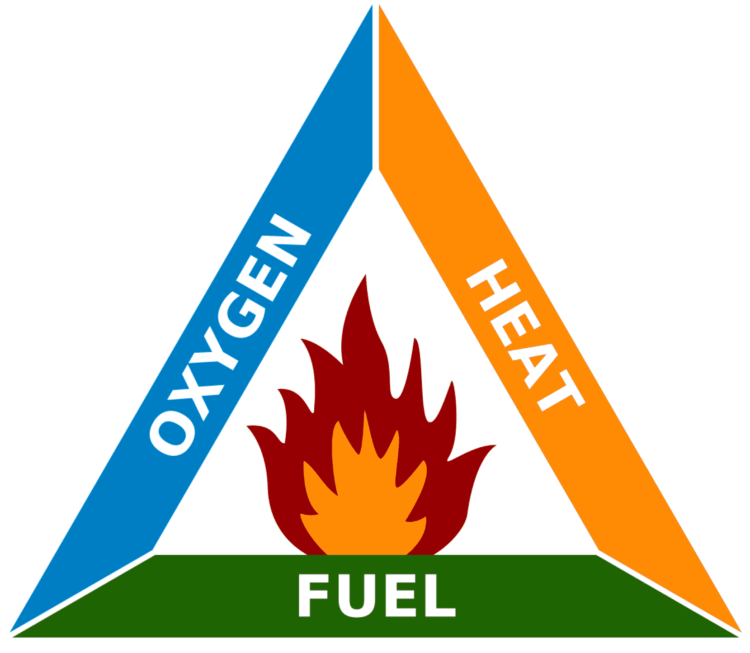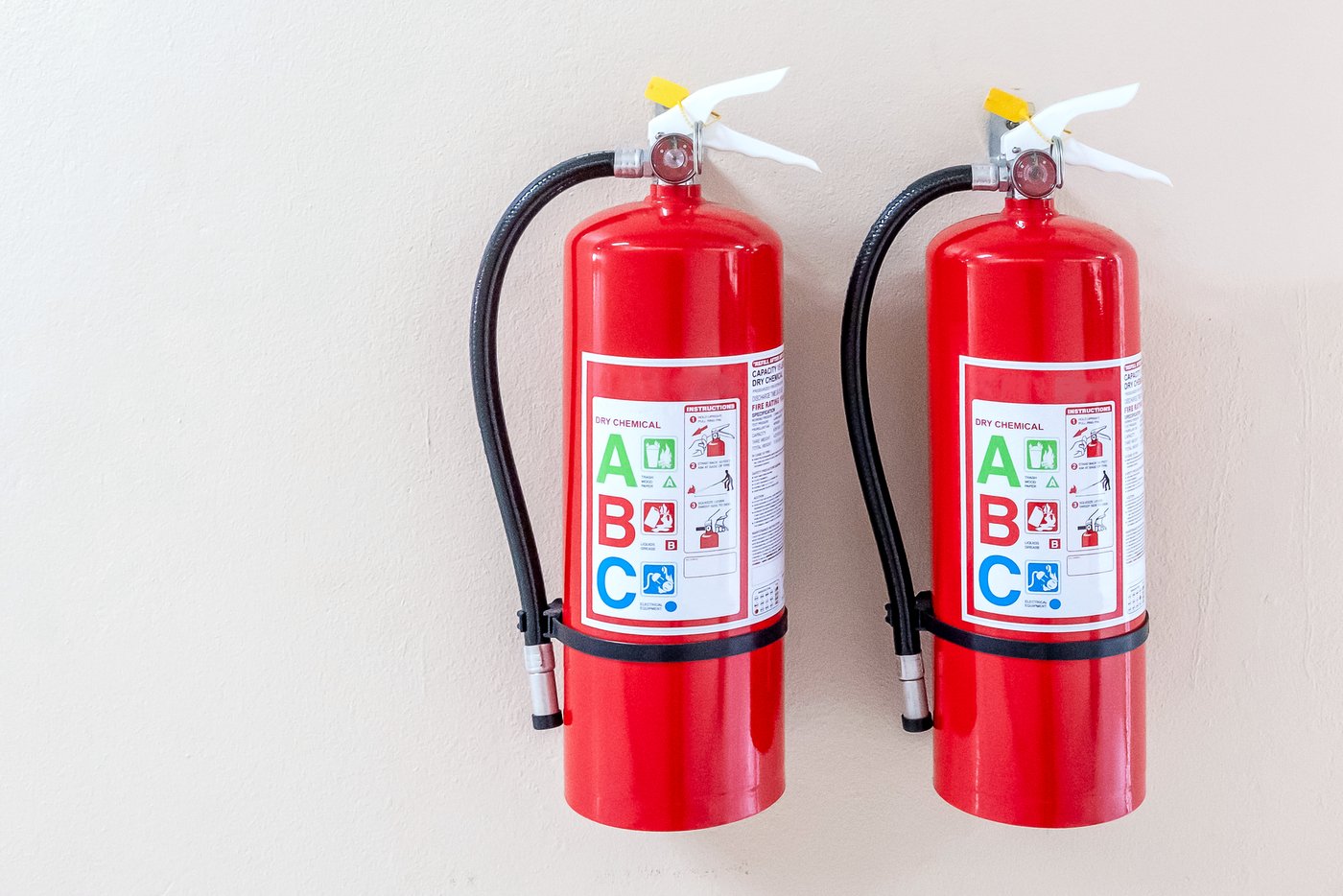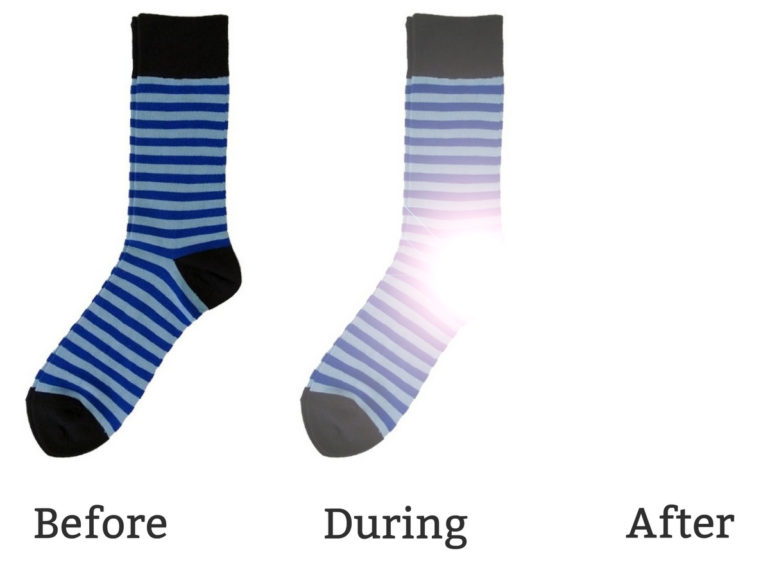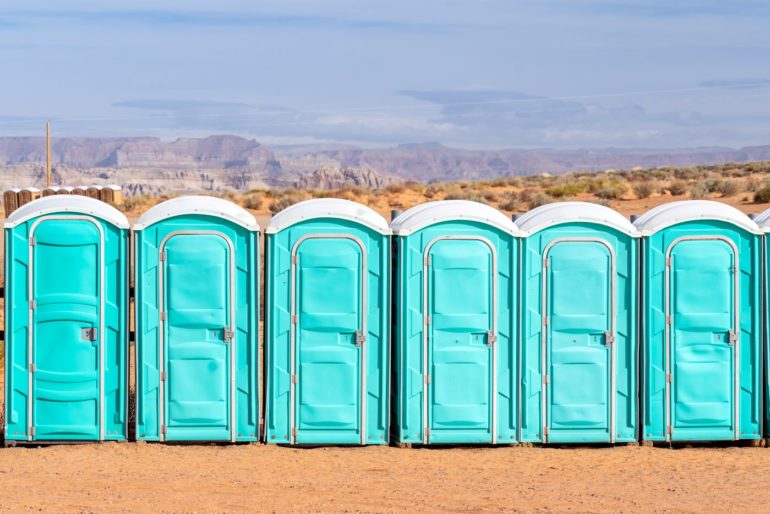How do you use a fire extinguisher?
You hopefully have at least one fire extinguisher at home — but do you know when to use it, or how? Here are the basics.
When to fight a fire
- Everyone has been notified of the fire and has left or is in the process of leaving the building.
- The fire department has been called. I don’t care if it’s just a match you dropped in the wastebasket. Call them — things can get out of control very quickly.
- The fire is small and contained to the immediate area in which it started. If it has spread at all, just get out.
- You can fight the fire with your back to a safe escape route.
- You are safe from toxic smoke being produced by the fire.
- You actually know how to operate the extinguisher.
Extinguisher education
So you’re the type who can burn water, huh? That’s okay, we understand you can’t eat out for every meal, so having a fire extinguisher around for those times you do manage to set something slightly on fire would be a good idea. In fact, it’s a good idea to keep them in various parts of the house where combustion may occur, like the garage and the laundry room, too.
Before you do anything else, when there is a fire in/near your home, call 911 immediately.
Fire basics
Let’s first discuss how fires work. It’s okay, you don’t need to dust off your old high school physics books, we’ll keep this simple. Fires need three things to start or continue burning:
- Oxygen
- Heat
- Fuel
This is called the fire triangle, and just like any other triangle, remove one of the three legs and the whole thing falls down. With no fuel, there is nothing to burn. Without enough heat, fires cannot begin or continue. Without sufficient oxygen, a fire cannot begin or continue.

This simple illustration is the basis for how all fires are fought. For example, water helps remove heat from the triangle. Using a CO2 (carbon dioxide) extinguisher smothers the fire by replacing the oxygen around it.
Fire extinguishers for different purposes
Now, as you can see, there are different ways to fight a fire. Unsurprisingly, as a result, different types of fires respond better to some extinguishing techniques than others, this is why we have multiple types of fire extinguishers.
These are the different types of extinguishers, as listed by the US Fire Administration.
Class A: These put out fires in ordinary combustible materials such as paper, cloth, wood, rubber, and some plastics.
Class B: These are for fires involving flammable liquids like grease, gasoline, oil, and oil-based paints.
Class C: Suitable for use on fires involving electronic things, like appliances, tools, computers, or anything else that uses electricity.
Class D: The Scottsdale, Arizona Fire Department once referred to these as “D for ‘Don’t get involved'” extinguishers. They’re for flammable metals such as magnesium, titanium, and sodium. You shouldn’t have this problem at home.
Class K: These are intended for use on fires that involve cooking oils. They are generally found in commercial kitchens, however, they are starting to make their way into the residential market.
There are also multi-purpose extinguishers, and are labeled according to the types of fires they can be used on, such as “B-C” or “A-B-C,” and this is where we get to the heart of the matter.
For the money, peace of mind, and ease of use, I recommend a good, name brand (Kidde and First Alert are the two major ones) ABC extinguisher. Who wants to think about “hey, can I use this on the toaster?” when the toaster is actually on fire at the time? With an ABC extinguisher, you don’t have to.
To make sure everything works correctly, you should inspect portable extinguishers monthly, and have them serviced annually. Also, follow the manufacturer’s instructions for placement and mounting height.

How to use a fire extinguisher
I’m going to preface this by saying everything I say about this is very general information. When you buy your extinguishers, take some time to study the instructions as soon as you get them. You don’t want to have to be reading the manual while your garage burns down.
Having said that, the basic procedure for using pretty much all fire extinguishers can be summed up by the word PASS:
- Pull the pin. Hold it with the nozzle facing away from you and release the locking mechanism.
- Aim low. Point the business end of it at the base of the fire, not the middle of the flames, your face, the dog, or anywhere else.
- Squeeze the lever slowly and evenly.
- Sweep the nozzle from side to side.
Also, you should periodically inspect your extinguisher(s). Once a month is good. Check the dial to make sure there is an adequate charge.
If it’s not in the recommended range (which is on the dial itself), either have it recharged or replaced, because a partially-charged extinguisher is about as useful as an empty one.
Most residential extinguishers are single-use and not rechargeable.
Safety first — and last
Everything I have mentioned here is just a guide, intended to point you in the right direction.
The best thing you can do if you are still unsure of how to select or use a fire extinguisher is to contact your local fire department. Don’t call 911, but look up their non-emergency number (assuming you don’t need help using your extinguisher RIGHT NOW).
They will be more than happy to help you pick one out and many of them also offer training classes where you can “live fire” an extinguisher to see how they work and how the fire responds. You can also visit Ready.gov for more information.
Be safe.






